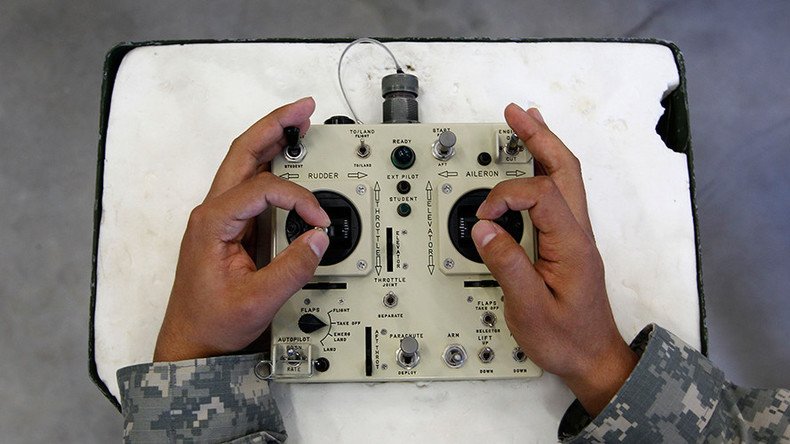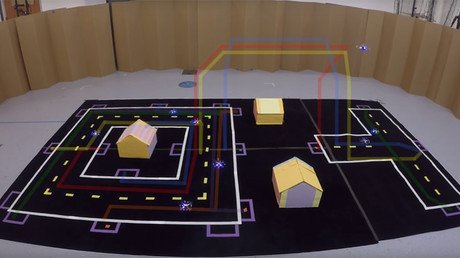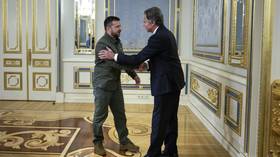US Army to modernize forces with autonomous drones & ‘Internet of things’

In an effort to compete with more technologically advanced forces, the US Army is investing in new programs to develop autonomous drones and create a network of battlefield devices that communicate with each other.
In March, the Center for Strategic and International Studies (CSIS) released a report that found the US Army has fallen behind other technologically advanced states after spending nearly two decades fighting technologically inferior adversaries in the Middle East.
The report specifically mentions Russia, which has invested heavily in anti-access / area denial (A2/AD) technologies that are able to block communications in certain areas.
“There are regions in Donbass where no electromagnetic communications – including radio, cell phone, and television – work,” the CSIS report reads, according to Defense One. “Electronic warfare is the single largest killer of Ukrainian systems by jamming either the controller or GPS signals.”
In order to counter these technological advancements, Philip Perconti, director of the Army Research Lab, told Defense One the Army is investing in two new research programs that will modernize their forces.
One of the programs, known as the Distributed and Collaborative Intelligent Systems and Technology program (DCIST), was set up to develop drones and other robots of all types that have bigger ‘brains’ and better networking.
According to the program announcement, the goal of the DCIST is to develop a network of autonomous bots that “understand the environment; learn from experience; adapt to dynamic situations; possess a common world view; communicate naturally; conduct useful activity; and can act independently, but within well prescribed bounds.”
Perconti told Defense One that the autonomous drones and robots would have enough onboard processing to allow them to be highly independent and move on their own. However, he said, the drones would still take commands from an operator. He added that the Department of Defense does not allow robots to kill without the approval of an operator.
At a Senate Armed Services Committee hearing on Tuesday, General Paul Selva was asked about the Pentagon’s directive that requires a human operator to be a part of the decision-making process when it comes to taking lives with an autonomous weapon system.
Selva urged lawmakers to renew the directive, which is due to expire this year, saying that humans need to remain in the decision making process, "because we take our values to war."
"I don't think it's reasonable for us to put robots in charge of whether or not we take a human life," Selva said, according to The Hill.
The other program the Army will be investing in is called the Internet of Battlefield Things program (IoBTs), which is a network of sensors, actuators and processors that can collect, exchange and sometimes act on data.
The program announcement for the Lab’s IoBT program describes it as a network of autonomous robots and drones that are “capable of adapting to acquire and analyze data necessary to predict behaviors/activities, and effectuate the physical environment; self-aware, continuously learning, autonomous, and autonomic, where the things interact with networks, humans, and the environment.”
DARPA's new autonomous drone can reach 45 mph (20 meters per second), avoid obstacles https://t.co/2ZC2cIR2dXpic.twitter.com/YpCvbJGED2
— RT America (@RT_America) February 16, 2016
The CSIS reports found that the US does maintain superiority over other nations when it comes to situational awareness on the battlefield. However, Perconti warned that Russia has been working to counter those abilities.
“Recognizing this threat, the Russians have made targeting and countering US situational awareness systems a high priority of its battlefield [electronic warfare] activities, necessitating co-united US investment to address and stay ahead of Russian counters,” the report reads, according to Defense One.
Perconti said the Army needs an “understanding of the knowledge gaps, the voids,” in order to expand the US advantage in situational awareness on the battlefield. He said the Lab is expected to announce contract awards for both programs this year.














